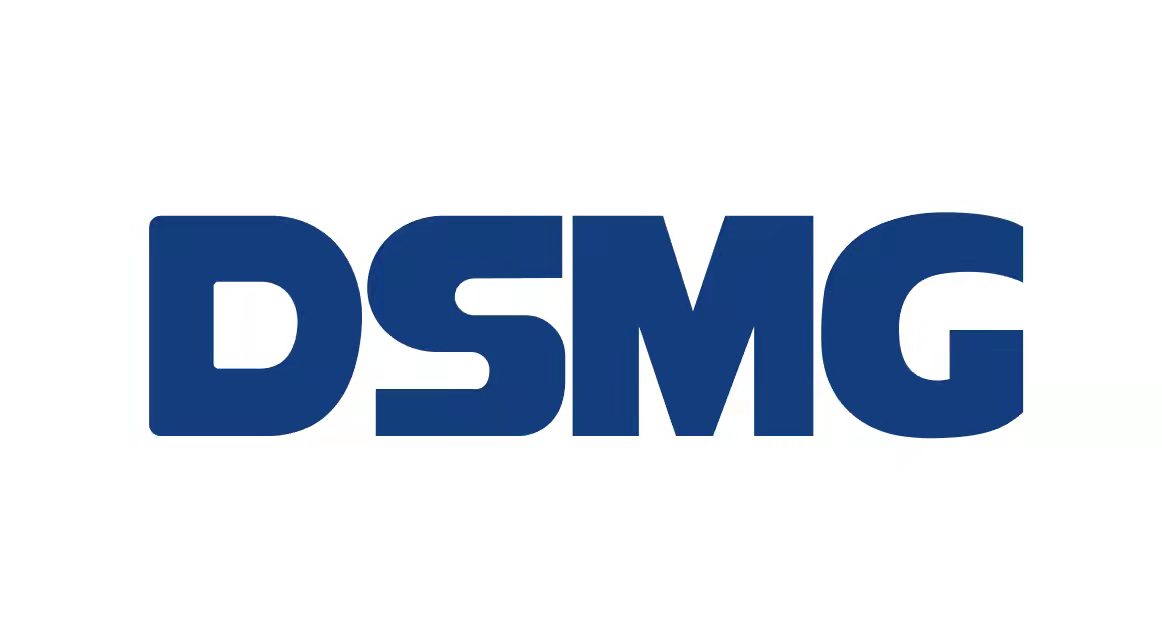Comprehensive Guide to Shot Blasting Machine Maintenance and Care
Shot blasting machines are indispensable equipment in the field of metal surface treatment, widely used in industries such as foundry, steel structure, and automotive manufacturing. To ensure the efficient operation of shot blasting machines and extend their service life, regular maintenance and care are essential. Below is a detailed guide to shot blasting machine maintenance and care, covering daily, periodic, and preventive maintenance.
1. Daily Maintenance: Ensuring Smooth Operation
Daily maintenance is the foundation for keeping shot blasting machines in good condition, covering cleaning, inspection, and lubrication.
1.1 Equipment Cleaning
Shot Blasting Chamber Cleaning: After each use, promptly clean the accumulated dust and residues inside the shot blasting chamber. Inspect the wear of the lining plates and shot blasting wheels, replacing any damaged parts if necessary.
Dust Collection System Cleaning: Regularly clean the dust collector's filter bags and dust collection box to ensure the dust collection system operates efficiently. Check the fan and ducts for blockages or leaks.
Abrasive Cleaning: Periodically clean impurities from the abrasive system to ensure the abrasive remains clean and can be effectively recycled.
1.2 Equipment Inspection
Electrical System Inspection: Regularly check the contactors, relays, and buttons in the electrical control cabinet to ensure they function properly. Inspect cables and terminal connections for looseness or aging.
Mechanical Component Inspection: Check the operation of mechanical components such as the shot blasting wheel, screw conveyor, and bucket elevator to ensure there are no abnormal noises or jams.
Seal Inspection: Inspect the seals of the shot blasting chamber (such as door seals, window seals, and rubber curtains) to prevent abrasive and dust leakage.
1.3 Lubrication Care
Regular Lubrication: According to the equipment manual, periodically lubricate moving components such as bearings and gears. Use appropriate lubricants or grease to ensure smooth operation.
Lubrication Point Inspection: Check the oil levels at lubrication points and replenish them in a timely manner to prevent mechanical failures caused by insufficient lubrication.
2. Periodic Maintenance: Preventing Performance Decline
Periodic maintenance is key to ensuring the long-term efficient operation of shot blasting machines, typically performed quarterly or semi-annually.
2.1 Shot Blasting Wheel Maintenance
Shot Blasting Wheel Inspection: Regularly inspect the blades of the shot blasting wheel for severe wear and replace them as needed. Check the balance of the shot blasting wheel to ensure it operates without vibration.
Impeller Cleaning: Clean dust and foreign objects from the impeller to prevent blockages that reduce blasting efficiency.
2.2 Abrasive System Maintenance
Abrasive Separator Inspection: Check the screens and airflow system of the separator to ensure it effectively removes impurities and dust from the abrasive.
Bucket Elevator Inspection: Inspect the belts and buckets of the bucket elevator for wear or looseness and replace any damaged parts.
Screw Conveyor Inspection: Check the screw blades of the screw conveyor for wear to ensure it transports abrasive properly.
2.3 Dust Collection System Maintenance
Filter Bag Replacement: Regularly replace the filter bags of the dust collector to ensure its filtering efficiency. Inspect the filter bags for damage or blockages.
Fan Inspection: Check the operation of the fan to ensure its airflow and pressure meet the equipment requirements.
2.4 Seal System Maintenance
Seal Replacement: Periodically replace the seals of the shot blasting chamber and transition chamber (such as rubber curtains and sealing strips) to prevent abrasive and dust leakage.
Sealing Performance Testing: Check the sealing performance of the shot blasting chamber to ensure it meets design requirements, reducing energy consumption and environmental pollution.
3. Preventive Maintenance: Identifying Potential Issues Early
Preventive maintenance involves regular inspections and care to identify potential issues before they lead to equipment breakdowns.
3.1 Equipment Condition Monitoring
Vibration Monitoring: Use vibration sensors to monitor the vibrations of the shot blasting wheel and drive motor, identifying abnormal vibrations promptly.
Temperature Monitoring: Monitor the operating temperatures of the shot blasting wheel and motor to prevent equipment damage caused by overheating.
Current Monitoring: Use an ammeter to monitor the motor's load to determine whether the equipment is operating within normal parameters.
3.2 Maintenance Records
Establishing Maintenance Records: Create maintenance records for each shot blasting machine, documenting the time, content, and results of each maintenance activity. Analyze maintenance records to develop a scientific maintenance plan.
Failure Analysis: Analyze the causes of equipment failures, summarize lessons learned, and prevent similar failures from recurring.
4. Common Faults and Solutions
During the operation of shot blasting machines, some common faults may occur. Below are several typical faults and their corresponding solutions.
4.1 Reduced Shot Blasting Wheel Efficiency
Cause: Severe blade wear, insufficient abrasive supply, or insufficient shot blasting wheel speed.
Solution: Replace worn blades, check the abrasive supply system, and adjust the shot blasting wheel speed.
4.2 Reduced Dust Collection Efficiency
Cause: Filter bag blockage, fan malfunction, or duct leakage.
Solution: Clean or replace filter bags, check the fan's operation, and repair leaking ducts.
4.3 Abrasive Leakage
Cause: Seal aging or damage, or poor transition chamber sealing.
Solution: Replace seals, and check the sealing performance of the transition chamber.
5. Conclusion
Maintenance and care are critical to ensuring the efficient operation of shot blasting machines and extending their service life. Through daily maintenance, periodic maintenance, and preventive maintenance, equipment failure rates can be effectively reduced, and production efficiency can be improved. Additionally, establishing comprehensive maintenance records and failure analysis mechanisms can help businesses better manage their equipment, reducing downtime and repair costs.
To ensure that shot blasting machines always operate at their best, businesses should develop scientifically sound maintenance plans based on equipment usage frequency and working environments, and strictly adhere to them. Only in this way can the full potential of shot blasting machines be realized, creating greater value for the business.
 中文版
中文版